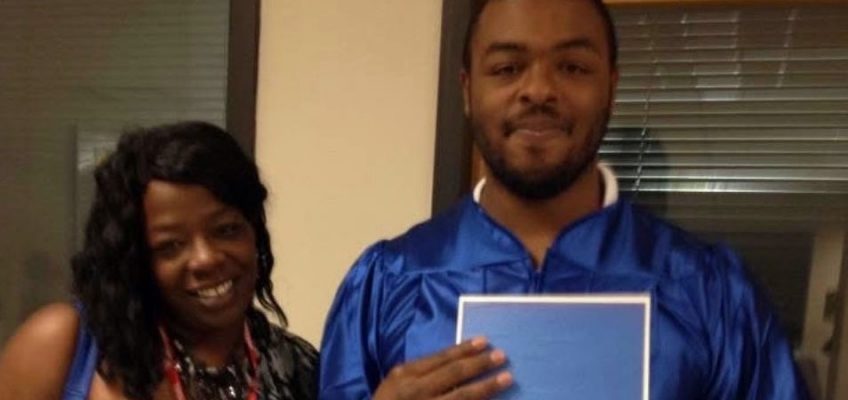By JIM GOMEZ
MANILA, Philippines (AP) — Thousands of people were evacuated from northern Philippine villages and schools and offices were closed Monday in the archipelago and neighboring Taiwan as one of this year’s strongest typhoons threatened to cause flooding and landslides on its way to southeastern China.
Related Articles
High-tech tax authority helps Greece return to Europe’s financial mainstream
Moldova detains 74 people over an alleged Russia-backed unrest plot around key election
Dozens arrested and hurt in clashes with police near Philippine presidential palace
UK charities cut ties to Sarah Ferguson after reported email describing Jeffrey Epstein as ‘friend’
Venezuelans in ‘reverse migration’ pushed to new perils in effort to return home
Super Typhoon Ragasa had sustained winds of 134 mph with gusts of up to 183 mph when it slammed into Panuitan island off Cagayan province on mid-afternoon Monday, Philippine forecasters said.
Tropical cyclones with sustained winds of 115 mph or higher are categorized in the Philippines as a super typhoon, a designation adopted years ago to underscore the urgency tied to such extreme weather disturbances.
Ragasa was heading west and forecast to remain in the South China Sea at least into Wednesday while passing south of Taiwan and Hong Kong before landfall on the Chinese mainland.
The Philippines’ weather agency warned of coastal inundation, saying “there is a high risk of life-threatening storm surge with peak heights exceeding nearly 10 feet within the next 24 hours over the low-lying or exposed coastal localities” of the northern provinces of Cagayan, Batanes, Ilocos Norte and Ilocos Sur.
Power was knocked out on Calayan island and in the entire northern mountain province of Apayao, west of Cagayan, disaster-response officials said. There were no immediate reports of casualties or further damage from Ragasa, which is locally called Nando.
Philippine President Ferdinand Marcos Jr. suspended government work and all classes Monday in the capital and 29 provinces in the main northern Luzon region.
More than 8,200 people were evacuated to safety in Cagayan while 1,220 fled to emergency shelters in Apayao, which is prone to flash floods and landslides. Domestic flights were suspended in northern provinces lashed by the typhoon while fishing boats and inter-island ferries were prohibited from leaving ports due to rough seas.
Ragasa, the 14th weather disturbance to batter the Philippines this year, comes while authorities and both chambers of Congress investigate a corruption scandal involving alleged kickbacks that resulted in substandard or non-existent flood control projects.
Taiwan’s southern Taitung and Pingtung counties ordered closures in some coastal and mountainous areas as well as on the outlying Orchid and Green islands. Ragasa also forced the cancellation of afternoon flights to outlying islands and suspended various ferry services, the Central News Agency reported.
In Fujian province, on China’s southeast coast, 50 ferry routes were suspended. Officials in Shenzhen, the southern Chinese tech hub, planned to relocate about 400,000 people, including residents living in low-lying and flood-prone areas. Shenzhen’s airport said it will halt flights, starting Tuesday night.
China’s National Meteorological Center forecast the typhoon would make landfall in the coastal area between Shenzhen city and Xuwen county in Guangdong province on Wednesday.
China’s ruling Communist Party chief in Guangdong, Huang Kunming, urged departments across the region to minimize harm and “fully enter emergency state and war-ready state.”
Ragasa is expected to sweep south of Hong Kong and Macao. While Hong Kong’s airport is expected to remain open, the city’s airport authority said flights would be significantly reduced after 6 p.m. Tuesday and most flight operations would be affected on Wednesday.
Hong Kong’s flag carrier Cathay Pacific Airways said passenger flights scheduled to depart and arrive in the city after 6 p.m. Tuesday will be suspended, with more than 500 flight cancellations expected.
Other Hong Kong-based airlines announced their flights would be disrupted, including budget airline HK Express, which reported a cancellation of over 100 flights between Tuesday and Thursday.
All schools in Hong Kong and Macao will be closed for the next two days. More than the usual number of sandbags have been provided to flood-prone areas in Hong Kong, while Macao police urged people living in low-lying areas to prepare for possible evacuation.
Ragasa is expected to bring torrential rains and heavy winds to China’s mainland coastal areas, starting Tuesday. Multiple cities such as Jiangmen, Yangjiang, Zhongshan and Zhuhai in southern Guangdong province ordered the suspension of schools, offices, factories and means of transportation.
The typhoon could make landfall in Guangdong more than once, China’s weather agency said.
Authorities urged residents to stockpile emergency supplies, reinforce doors and windows, and evacuate underground areas.
Associated Press writers Simina Mistreanu in Taipei, Taiwan, and Kanis Leung in Hong Kong contributed to this report.




